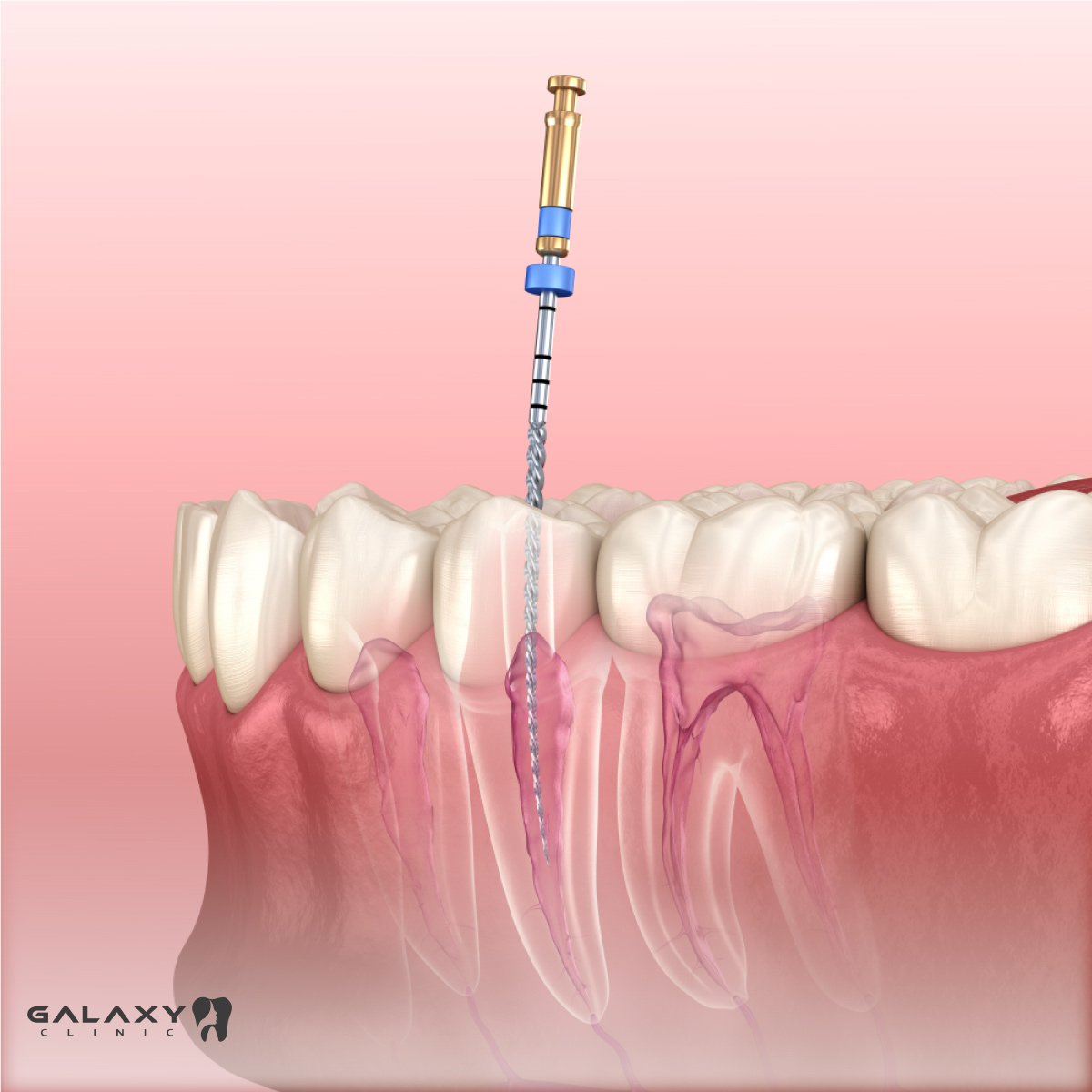Dental braces
Using dental tools in order to treat problems with your teeth like misalignment, crowding and cooking! Commonly, most of the cases that get braces are teenagers, to align and straighten their teeth to have a normal bite and in order to have a beautiful smile.
Wearing braces is one of the treatment options that can fix your misaligned bite and jaw problems.
Braces therapy
The concept of wearing dental braces is to put steady pressure on your teeth, using wires, rubber bands or springs in order to create extra pressure and tension! The best age to wear the braces is between 12-13 years old, as a child’s mouth and jaw are still growing. Adults also can wear braces but it may takes longer time to see an improvement. You should check your braces every month with your orthodontist to ensure that the braces are still in steady pressure on your teeth.
Dental Braces types
There are many different types of dental braces that are effective in treating malocclusion and teeth problems, such as traditional metal braces, ceramic braces, lingual braces and Invisalign.
Your orthodontist will recommend the ideal treatment option for each individual according to his/her case!
- Traditional metal braces
Are made out of metal, and involve brackets and wires that are attached to the teeth and adjusted as required. Traditional metal braces are commonly used and it is possible to change their appearance by choosing different colored bands over the braces. There is a new type of the traditional metal braces that contain heat-activated archwires that use the body’s temperature in the mouth to easily move and feel comfortable while chewing.
- Ceramic braces
Ceramic braces are somehow similar to the traditional metal braces in shape and size, but are made of a ceramic material that looks like the natural color of the teeth and make them less noticeable.
- Lingual braces
It is the same as traditional braces and are made of metal but they are located inside of the teeth and cannot be seen from the outside. They are specially made to be hidden at the back of the teeth, but traditional braces are more effective than this type, as it takes longer to achieve desired tooth arrangement.
- Invisalign
This type of braces don’t contain brackets and wires and are made of plastic, and can be removed easily! Many patients prefer this type of braces as it allows greater freedom to eat and drink.
- Self-Ligating braces
Self-ligating braces are like traditional metal braces, but they have clips instead of elastic bands to hold the wire of the brace. It is distinguished that it has less friction on the braces and easier to keep the braces and teeth clean. It has similar efficacy to traditional metal braces and are visible from the outside.
How long do you have to wear your braces?
Usually, braces may remain from 1 to 3 years and the time required for braces depends on:
- Severity of the problem.
- Space inside your mouth.
- Health status of the teeth, gums and supporting bones.
- How well do you comply with the instructions


